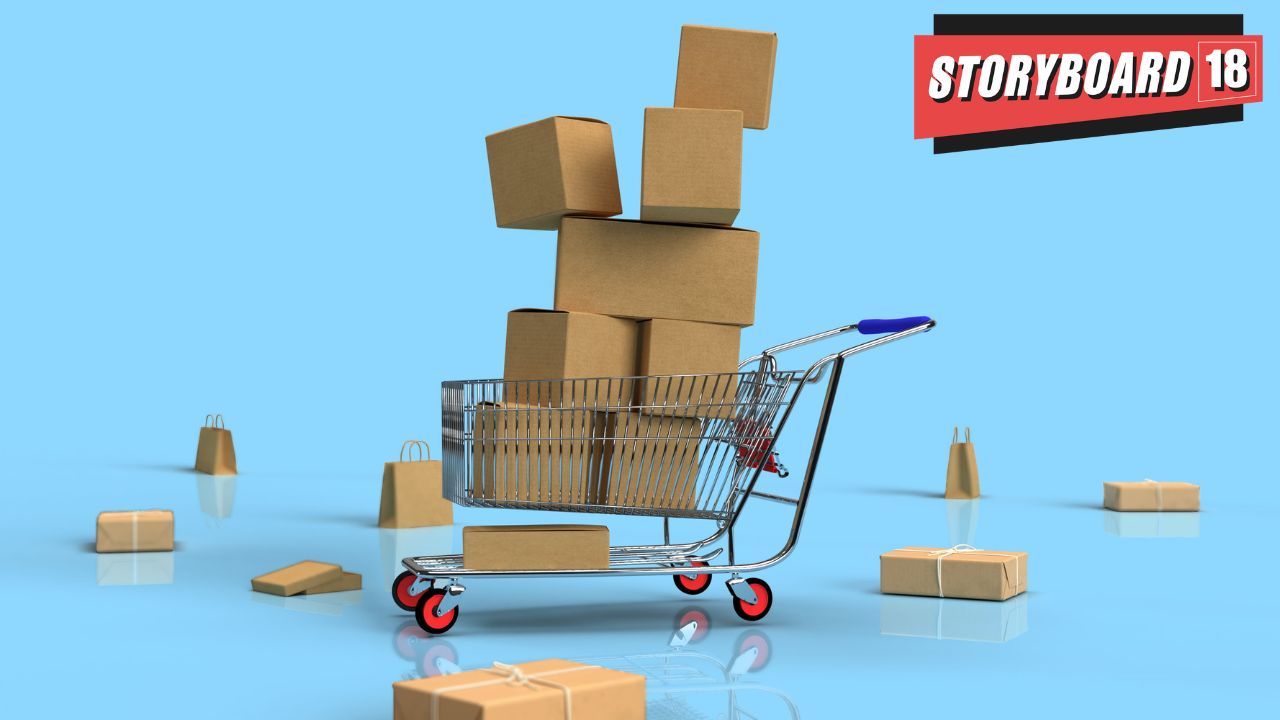India’s e-commerce sector recorded a gross merchandise value (GMV) of approximately $14 billion, marking a 12% growth over last year’s festive period, reveals Redseer’s festive season report. This growth was fueled by resilient consumer spending across categories including quick commerce, electronics, fashion, beauty and personal care (BPC), home furnishings and groceries, with significant contributions from Tier 2 cities and increased per-shopper spending.
As per the report, the festive season which ran from September 15 to October 31, saw a shifts in consumer behaviour with a decrease in shopper growth balanced by an increase in spend per shopper. The report highlighted that higher engagement with premium products and low average selling price (ASP) items alike indicates a dynamic consumer market. While high-ASP products such as large appliances and premium electronics saw strong demand in metro areas, affordable items in fashion and BPC continued to drive frequency and growth in the other regions.
Talking about the report, Kushal Bhatnagar, Associate Partner of Redseer Strategy Consultants, said, “The 2024 festive season reassures us of Bharat’s (tier 2 customers’) spending potential. With these customers further cementing their trust in e-commerce and bringing a larger share of wallet online, we are ready to witness a continued spell of e-commerce growth in the next few years. On the other hand, it is heartening to see how metro customers continue to embrace quick-commerce for almost everything they need, at any time of the year (festive or non-festive). As the quick-commerce wave expands materially beyond the top 3 cities, we are likely to witness a large chunk of the Indian population receiving products at their doorstep within 10 minutes – which will be truly transformative.”
While the rate of new shopper acquisitions has been slowing down, per-shopper spending increased by 5-6%. This could be a long-term trend in e-commerce, wherein shopper base reach has been significantly achieved (with approximately 250 Mn annual product shoppers). Fashion emerged as the fastest-growing category, with a 3X growth increase over the BAU months this fiscal. Ethnic wear and accessories drove this growth, particularly in Tier 2 cities, wherein unbranded ethnic wear, jewellery and women’s accessories gained traction. On the other hand, premium and international brands observed robust sales in Tier 1 markets.
Direct-to-consumer (D2C) brands also saw substantial growth due to enhanced brand visibility via digital channels.
The report also noted that premium electronics, including air conditioners and large appliances, experienced significant demand due to prolonged summer conditions. The quick commerce sector also extended its offerings to include electronics and home appliances, meeting festive demand through expanded delivery hours. Non-grocery sales spiked on key festive days, with Delhi, Mumbai and Bangalore among the top-performing cities.
Additionally, smaller cities displayed the highest growth rate in spends, climbing to 13% in 2024. According to the report, availability of discounts enabled these customers to afford high-ASP products across categories. Further, there was a market rise in prepaid transactions which enhanced the shopping experience in the smaller towns.
